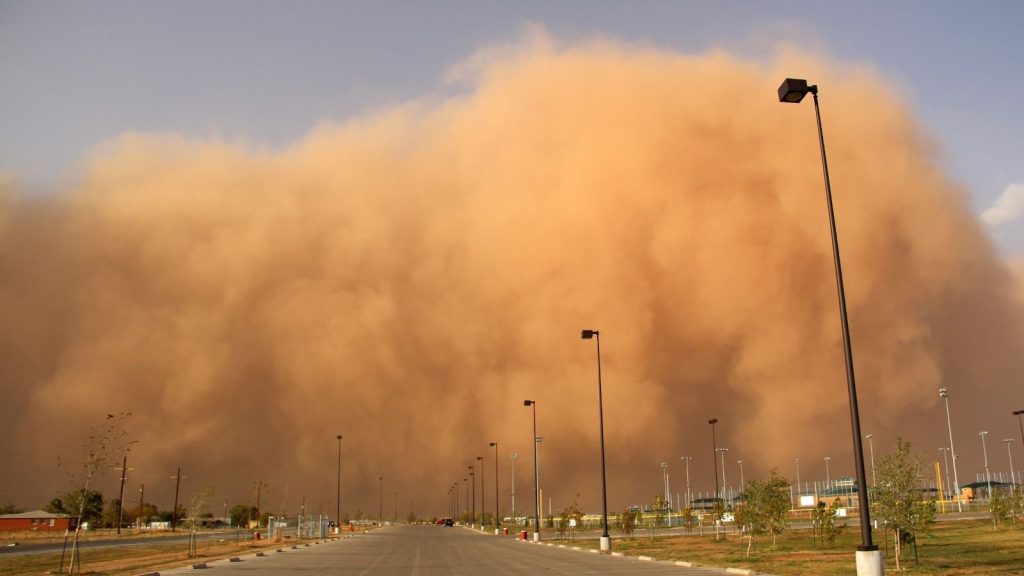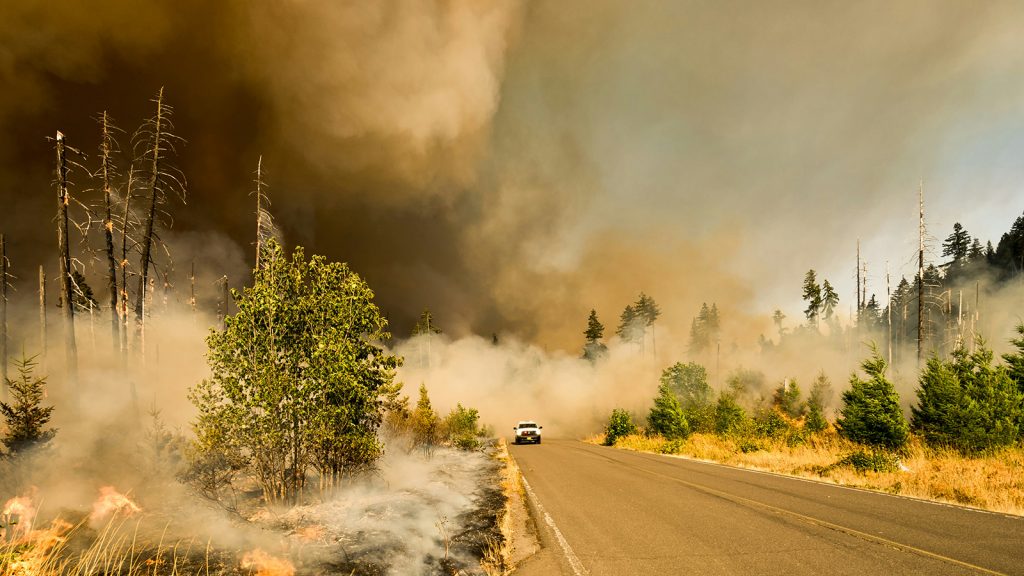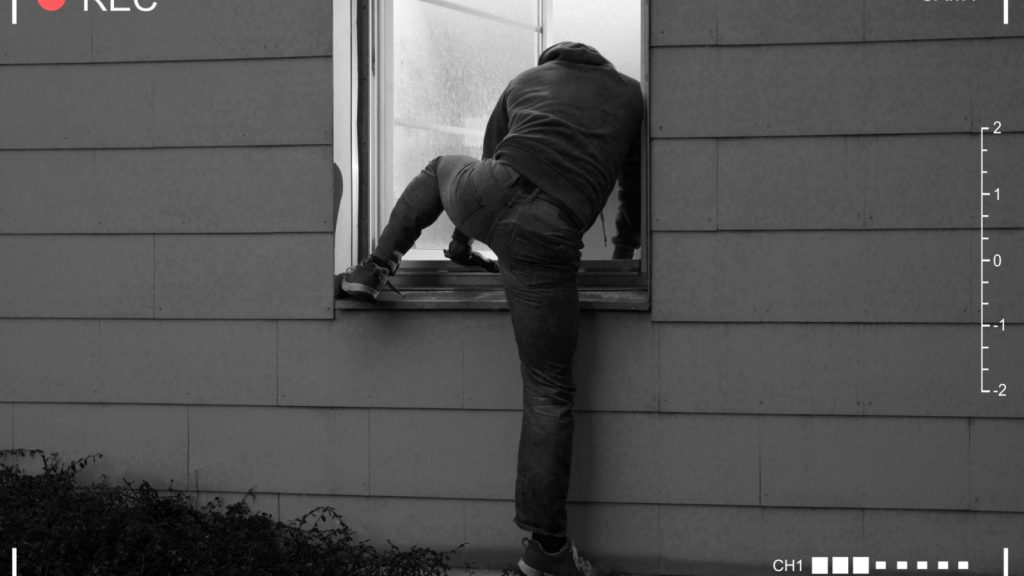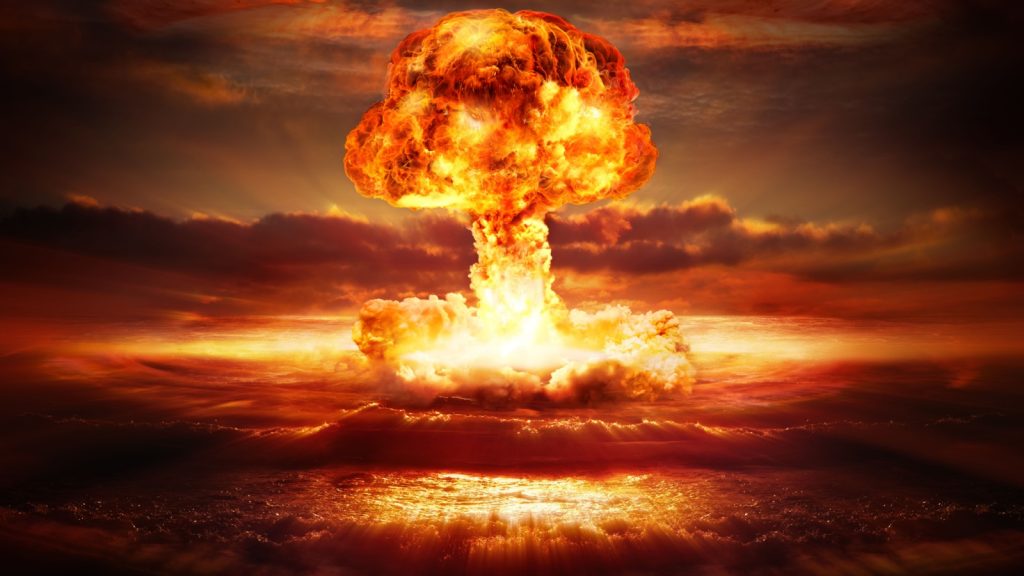In neighborhoods across America, a quiet transformation is taking place. Ordinary citizens – teachers, nurses, office workers, and parents – are embracing emergency preparedness in ways that would have seemed unthinkable just a decade ago. This shift isn’t driven by paranoia or extreme scenarios, but by the increasing frequency of natural disasters and the very real challenges they bring to communities nationwide.

The Changing Landscape of Natural Disasters
Recent years have witnessed an unprecedented surge in natural disasters across the United States. Communities that once considered themselves safe from extreme weather now face regular threats from wildfires, floods, hurricanes, and severe storms. These events have transformed from rare occurrences into regular challenges that affect millions of Americans each year.
Modern Preparedness: A New Approach
Today’s preparedness movement bears little resemblance to the stereotype of rural survivalists preparing for doomsday. Instead, it focuses on practical readiness for real-world scenarios that communities increasingly face. Modern preparedness advocates emphasize sustainable practices, community cooperation, and practical skills that prove valuable in both emergencies and everyday life.
The Role of Community Networks
Successful preparedness often depends more on strong community ties than individual stockpiles. In neighborhoods like Oak Ridge, Tennessee, residents have formed community emergency response teams that coordinate during crises. These groups organize skill-sharing workshops, maintain emergency contact lists, and develop plans for checking on vulnerable neighbors during disasters.
The Oak Ridge community demonstrated the value of these networks during a severe ice storm last winter. When power failed for a week, neighbors shared generators, helped clear fallen trees, and ensured elderly residents had warm places to stay. This type of community resilience has become a cornerstone of modern preparedness thinking.
Practical Skills for Modern Times
Today’s preparedness movement emphasizes learning useful skills that serve double duty – valuable during emergencies but also practical for everyday life. Popular areas of focus include:
Basic first aid and emergency medical response Home repairs and maintenance Food preservation and storage techniques Alternative energy systems and power management Emergency communication protocols
These skills prove valuable far more often than many people expect. As one emergency response trainer notes, “The same skills that help during a natural disaster can save money on home repairs or help manage a tight budget during tough economic times.”
Technology’s Impact on Emergency Preparedness
Modern technology has revolutionized how people prepare for and respond to emergencies. Smartphone apps provide real-time weather alerts and emergency information. Social media platforms facilitate rapid communication during crises. Solar-powered devices and battery systems offer reliable backup power options. These technological advances have made preparedness more accessible and effective than ever before.
The Economics of Being Prepared
Contrary to popular belief, effective preparedness doesn’t require massive investments or dedicated storage spaces. Many experienced preparedness advocates recommend starting small – picking up a few extra supplies each shopping trip, gradually building emergency kits, and slowly acquiring useful skills. This approach makes preparedness accessible to families across different economic situations.
Teaching the Next Generation
Schools and community organizations increasingly recognize the importance of teaching preparedness skills to young people. Programs like the Ready Kids initiative help children understand emergency preparedness in age-appropriate ways. These educational efforts focus on building confidence and competence rather than creating fear.
Looking Toward the Future
As climate scientists predict continued increases in extreme weather events, the importance of emergency preparedness will likely grow. Communities across America are already adapting, incorporating preparedness into their planning and daily lives. This shift represents not just a reaction to immediate threats but a broader recognition of the need for resilience in an increasingly unpredictable world.
The future of preparedness will likely emphasize:
- Sustainable and environmentally conscious practices
- Stronger community networks and mutual aid systems
- Integration of new technologies for prediction and response
- Greater focus on accessibility and equity in preparedness resources
- Enhanced mental health support during and after disasters
Building Resilient Communities for Tomorrow
The surge in natural disasters has fundamentally altered how Americans view emergency preparedness. What was once considered extreme has become prudent; what was dismissed as paranoid is now seen as practical. This shift reflects a mature and realistic approach to facing modern challenges.
The key to successful preparedness lies not in fear or isolation, but in building stronger, more resilient communities that can weather whatever challenges arise. By combining traditional wisdom with modern innovations, while ensuring equitable access to resources and knowledge, communities across America are creating a new model of preparedness – one that serves them not just in times of crisis, but every day.
Ellen Reed lives where the road ends and the quiet begins. Her work tends to the tender space between solitude and connection, loss and joy, seed and harvest.
She's an author and journalist. When she's not in her garden, she's drinking tea and playing with her puppy.


